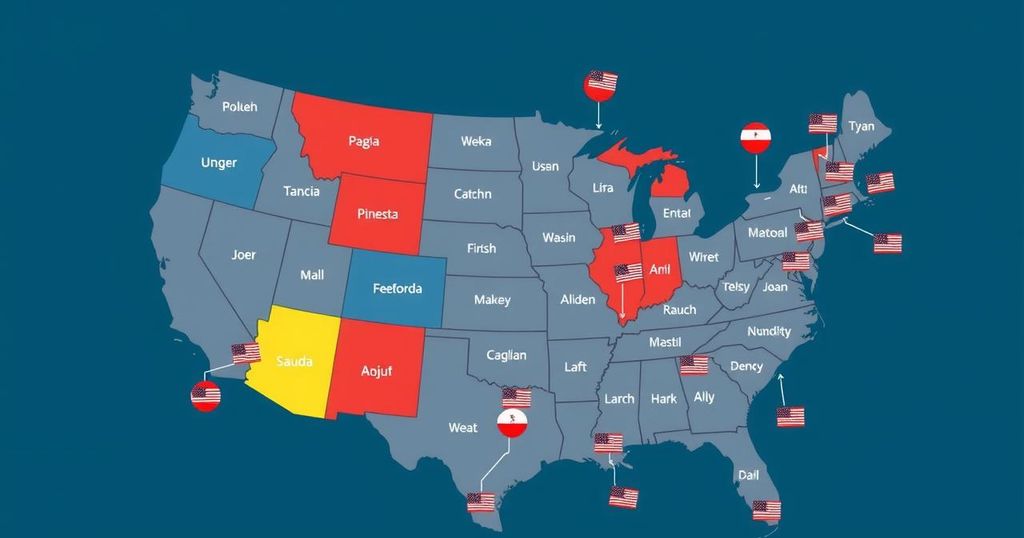Understanding the Timing of U.S. Elections: Why November? Why Tuesday?

The U.S. presidential elections are held on the first Tuesday after the first Monday in November, a tradition stemming from legislation passed in 1845. This system was established to provide a uniform election date across states, considering the agricultural lifestyle of Americans in the 19th century and ensuring that voting occurred at a time convenient for participating farmers. The choice of Tuesday balances the need for travel and scheduling around market days and religious observances, still in place today as millions vote.
The United States Election Day tradition, which falls on the first Tuesday after the first Monday in November, is deeply rooted in the agricultural practices and societal norms of the mid-19th century. This election format, which persists today with millions of Americans heading to the polls, can be traced back to a specific legislative decision made in 1845. Before this time, elections were held on varying dates across states, which raised concerns about fairness and efficiency in the electoral process. Deliberate variations in election dates could lead to discrepancies in results, as early voting outcomes might influence later voters’ decisions throughout the nation. To address these concerns, the U.S. Congress passed a bill to establish a standardized date for presidential elections, specified as “the Tuesday next after the first Monday in the month of November.” This date was strategically selected for several reasons, predominantly to accommodate the predominately agrarian society of the time. November was preferred as it fell after the harvesting season and before the onset of winter, allowing farmers ample time to manage their agricultural responsibilities without being hindered by harsh weather conditions. Additionally, travel considerations played a significant role in this decision; 19th-century Americans, particularly those residing in rural areas, often faced lengthy journeys to reach polling places, necessitating a convenient date for voting. The choice of Tuesday, rather than Monday, is particularly noteworthy. Sundays were eliminated from consideration due to religious observances, while Wednesdays were typically market days when farmers sold their produce and goods. Mondays were similarly impractical as many would need time to travel after the weekend, so Tuesday emerged as the most feasible day for the election.
The choice of Election Day in the United States has historical significance, reflecting the nation’s agricultural roots and the practical needs of the electorate in the 19th century. Prior to the establishment of a uniform election date in 1845, individual states held their elections at various times, causing potential inconsistencies in the national electoral process. The decision to standardize Election Day was influenced by the desire to ensure fairness and prevent influence from results in earlier-voting states.
In summary, the tradition of holding U.S. presidential elections on the first Tuesday after the first Monday in November has its origins in practical considerations of an agrarian society. By eliminating days that conflicted with farming responsibilities and religious observances, Congress established a system that promoted accessibility and fairness in the electoral process. Thus, this practice has continued for nearly two centuries, representing a blend of historical context and the evolution of electoral democracy in the United States.
Original Source: www.aljazeera.com






